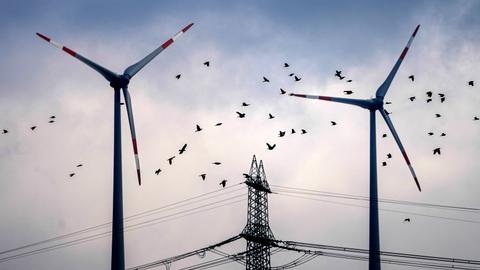M7.8 and M7.5 Kahramanmaraş Earthquake Sequence near Nurdağı, Turkey (Türkiye)
[Update: February 17, 2023]
Read detailed aftershock statement: M 7.8 – 27 km E of Nurdağı, Turkey (Türkiye)
The recent earthquakes in Turkey (Türkiye) have led to an unbearable loss of life and injuries across the Kahramanmaraş region. During the response and recovery efforts, USGS has continued to provide scientific support to help people in the region make the best decisions for themselves, their families, and their communities.
After large earthquakes, like the M7.8 and M7.5 Kahramanmaraş Earthquake Sequence, it is extremely common for hundreds of aftershocks to occur over the next few weeks, months, or possibly years. Eventually, the frequency of these aftershocks will decrease.
Surface Rupture
Surface rupture is a phenomenon that occurs during earthquakes when the ground surface breaks and shifts due to the movement of a fault. Last week’s earthquake sequence displaced numerous fault segments within the East Anatolian Fault zone, with early estimates indicating around 185 miles of fault length ruptured. Parts of the North Anatolian Fault shifted as much as 10 feet, while segments of the East Anatolian Fault slid over 30 feet. These fault ruptures are visible in satellite and radar imagery.
Aftershocks
An aftershock is an earthquake that occurs following, and near the epicenter of, the main large-magnitude earthquake. Because aftershocks are common and follow a typical pattern, scientists can provide information regarding how they might impact areas that have recently experienced a large earthquake. These statements, which sometimes take the form of forecasts, are not predictions, but rather provide a tool that can be used to emphasize likely scenarios describing the number and magnitude of earthquakes that might happen next in the months following the mainshock.
It still remains impossible to predict the exact size, location, and timing of individual earthquakes.
Aftershocks are not always restricted to the same fault system as the mainshock, as large quakes can sometimes trigger aftershocks further away. Most aftershocks will, however, cluster close to the mainshock fault rupture. Typically, the largest aftershock is about a magnitude smaller than the mainshock with most aftershocks being a few orders of magnitude less. Although the M7.5 aftershock was large, it was not out of line with what has happened in past earthquake sequences.
Was the M7.5 earthquake an aftershock or a different main quake?
About one in every 20 large-magnitude earthquakes will have a similar-sized aftershock near it within the first week. That was the case in Turkey, with the M7.8 mainshock being followed by a M7.5 aftershock about 60 miles away just nine hours later. Aftershocks don’t always occur on the same fault as the mainshock, they only need to be close to its epicenter and occur after to be considered an aftershock. It’s worth noting that the M7.5 aftershock did not lower the chance that another large earthquake could still occur. Although the likelihood of future large aftershocks decreases over time, there always remains a small chance one will happen even months later.
What might happen next?
As locals begin the long recovery process, they must still contend with concerns about the likelihood and risk of ongoing aftershocks.
The USGS has put out an aftershock statement for the M7.8 earthquake describing what might happen over the next month. The statement describes three scenarios, with the most likely scenario indicating there is a 90 percent chance that earthquakes will decrease in frequency, with none being larger than M7. In this scenario, moderate aftershocks between M5 and M6 are still likely. These moderate quakes can cause damage, particularly to weakened or older buildings not built to withstand earthquakes. The other two scenarios are less likely, yet more extreme. There is a 10 percent chance an aftershock could be M7.0 and about a one percent chance an aftershock would be of similar size or larger than the M7.8 mainshock.
Regardless of the scenario, smaller magnitude earthquakes between M3 and M4 will continue to be felt by people near the epicenters. Aftershock sequences can last years to decades, long after people stop feeling the increasingly smaller magnitude earthquakes.
For more information:



